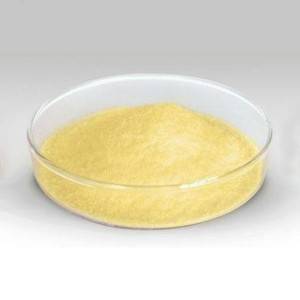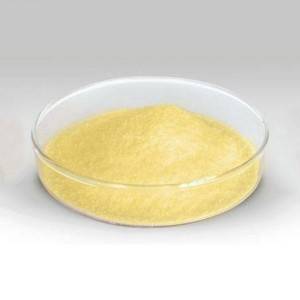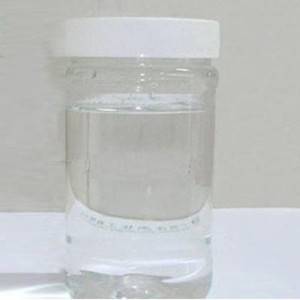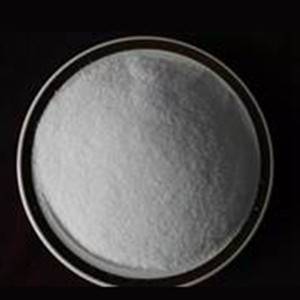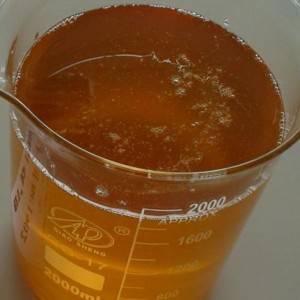
Products
Bismaleimide(BMI)
Quality index:
Light yellow or yellow crystalline powder
Content ≥ 98%
Initial melting point ≥ 154 ℃
Heating loss ≤ 0.3%
Ash ≤ 0.3%
Instruction:
BMI, as an ideal resin matrix for manufacturing heat-resistant structural materials and class H or F electrical insulation materials, is increasingly widely used in aviation, aerospace, electric power, electronics, computer, communication, locomotive, railway, construction and other industrial fields. It mainly includes:
1. High temperature resistant impregnating paint (solvent-based and solvent-free), enameled wire paint, laminate, weft free tape, mica tape, electronic copper clad laminate, molded plastic, epoxy modified F ~ H powder coating, casting parts, etc.; 2. Advanced composite matrix resin, aerospace, aviation structural materials, carbon fiber high temperature resistant structural parts, high-grade printed circuit board and other functional materials, etc;
3. Reinforcing modifier, crosslinking agent and new rubber curing agent of engineering plastics such as PP, PA, ABS, APC, PVC, PBT, EPDM, PMMA, etc;
4. Wear resistant materials: diamond grinding wheel, heavy load grinding wheel, brake pad, high temperature bearing adhesive, magnetic materials, etc;
5. Other aspects of chemical fertilizer (synthetic ammonia) machinery and equipment oil-free lubrication, dynamic and static sealing materials and many other high-tech fields.
Heat resistance
BMI has excellent heat resistance due to its benzene ring, imide heterocycle and high crosslinking density. Its TG is generally greater than 250 ℃, and its service temperature range is about 177 ℃ ~ 232 ℃. In aliphatic BMI, ethylenediamine is the most stable. With the increase of methylene number, the initial thermal decomposition temperature (TD) will decrease. The TD of aromatic BMI is generally higher than that of aliphatic BMI, and the TD of 2,4-diaminobenzene is higher than that of other kinds. In addition, there is a close relationship between TD and crosslinking density. Within a certain range, TD increases with the increase of crosslinking density.
Solubility
Commonly used BMI can be dissolved in organic reagents such as acetone and chloroform, and can be dissolved in strong polar, toxic and expensive solvents such as dimethylformamide (DMF) and N-methylpyrrolidone (NMP). This is due to the molecular polarity and structural symmetry of BMI.
Mechanical property
The curing reaction of BMI resin belongs to addition polymerization, which has no low molecular by-products and is easy to control. Because of compact structure and few defects, BMI has higher strength and modulus. However, due to the high crosslinking density and strong molecular chain rigidity of the cured product, BML presents great brittleness, which is characterized by poor impact strength, low elongation at break and low fracture toughness g1c (< 5J / m2). The poor toughness is a major obstacle for BMI to adapt to high-tech requirements and expand new application fields, so how to improve the toughness has become one of the key technologies to determine the application and development of BMI. In addition, BMI has excellent electrical properties, chemical resistance and radiation resistance.
Packing: 20kg / bag
Storage precautions: store in cool, dry and well ventilated warehouse.
Annual capacity: 500 tons / year


